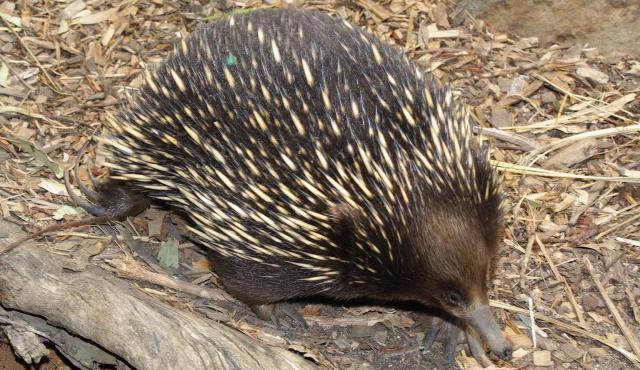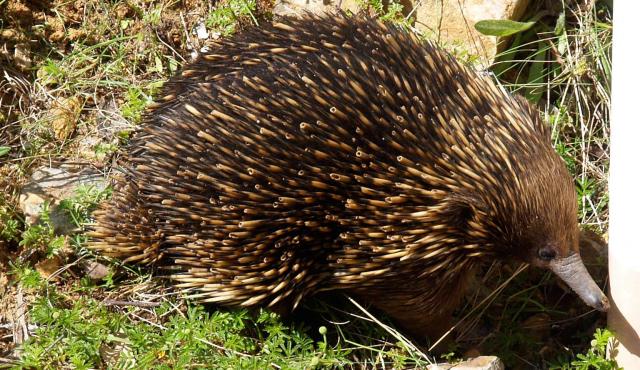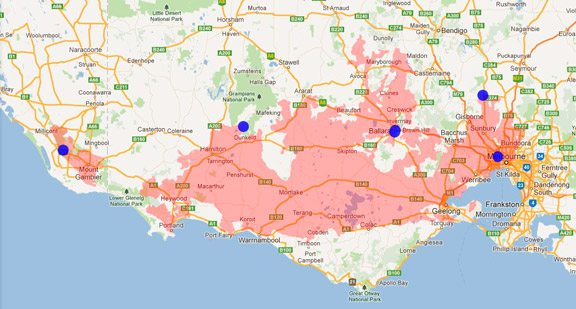A range of teacher professional learning programs will be developed to accompany the Biodiversity of the Western Volcanic Plains online outreach...





Short-beaked Echidna
Tachyglossus aculeatus
Use their long, sticky tongue to catch food. Digs for food at the base of rotting stumps or around ant nests. Clues to look for are semi circular diggings on the ground or rotting fallen timber that has been torn apart. Echidna scats can have lots of soil or sand in them as soil also sticks to their tongues when they lick up insects. Tough external skeletons of insects can also be seen in their droppings. Females lay a single egg in a small backward facing 'pouch'. The young echidna stays with their mother for about a year.
| Details | Description |
| Type | Mammal |
| Group | Monotreme |
| Other Common Names | Spiny Anteater |
| Identifying Characteristics | |
| Distinctive Markings | Long snout, long spines on back and sides of body. |
| Diet | Carnivore. Eats mainly ants and termites but also other small invertebrates. |
| Habitat | Range of areas, including open forest and woodlands. |
| Native Status | Native to Australia |
| Taxonomy | |
| Phylum | Chordata |
| Class | Mammalia |
| Order | Monotremata |
| Family | Tachyglossidae |
| Genus | Tachyglossus |
| Species | aculeatus |

Distribution maps indicate current and historic locations where species have been sighted.
Source: Atlas of Living Australia
| Conservation Status | |
| DEPI Advisory List | Not listed |
| FFG Act | Not listed |
| EPBC Act | Not listed |
The conservation status of species is listed within Victoria and Australia.
The Department of Environment and Primary Industry (DEPI) Advisory List consists of non-statutory advisory lists of rare or threatened flora and fauna within Victoria.
The Flora and Fauna Guarantee Act 1988 (FFG Act) lists threatened species in Victoria. Under the Act, an Action Statement is produced for each listed species.
The Environment Protection and Biodiversity Conservation Act 1999 (EPBC Act) is the Australian Government’s key piece of environmental legislation, listing nationally threatened native species and ecological communities.



